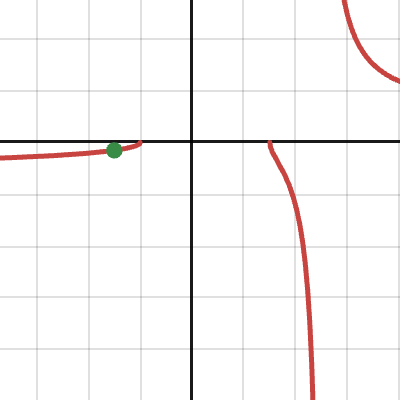logistic_guy
Senior Member
- Joined
- Apr 17, 2024
- Messages
- 2,212
this is the question
Find the domain of f(x) = (x^2 - x - 6) / x - 5. there is no tap to write the square root so i write brackets (x^2 - x - 6).
it is clear 5 is the domain of the function. it keeps telling me wrong. i know 5 - 5 = 0 this is invalid in the fraction when it is written down.
there is no tap for infinite, so i write the domain (-infinite, 5) U (5, infinite). it says this is a wrong answer.
Find the domain of f(x) = (x^2 - x - 6) / x - 5. there is no tap to write the square root so i write brackets (x^2 - x - 6).
it is clear 5 is the domain of the function. it keeps telling me wrong. i know 5 - 5 = 0 this is invalid in the fraction when it is written down.
there is no tap for infinite, so i write the domain (-infinite, 5) U (5, infinite). it says this is a wrong answer.


